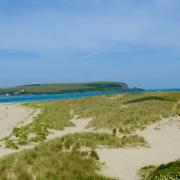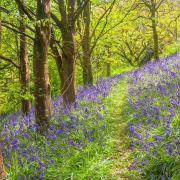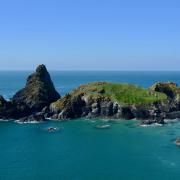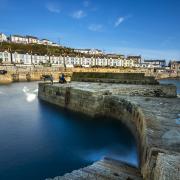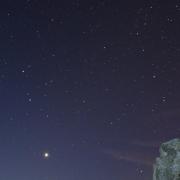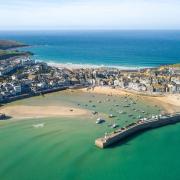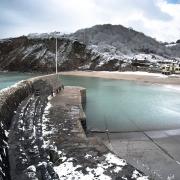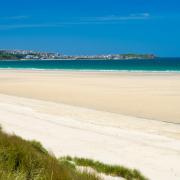June’s summer solstice marks the passing of another year

June is a mystical month in the calendar, marking the summer solstice and is the half way marker in yet another year that will no doubt pass all too quickly.
The summer solstice this year falls on 20 June and marks the official beginning of summer in the Northern Hemisphere. The solstice occurs when the Earth arrives at a point in its orbit where the North Pole is at its maximum tilt (approx. 23.5 degrees) towards the Sun, resulting in the longest day and the shortest night of the year.
The word solstice actually derives from the Latin word sol, meaning ‘sun’ and sistere meaning ‘to stand still’. For several days before and after each solstice, the sun appears to stand still in the sky and ancient pagans would welcome the midsummer solstice with a bonfire which was believed to boost the sun’s energy, swell the crops and produce a good harvest.
Traditionally in Cornwall, a relay of beacon bonfires have been lit across the highest points on Tors and Moors, from Ding Dong in Madron to the most northerly reaches of Bodmin Moor and as each beacon is lit, it signals to the next beacon in the chain until all are burning brightly.
The Ding Dong beacon is the most appropriate first beacon to be lit, being the farthest west at Madron in the west Penwith section of the Cornwall Area of Outstanding Natural Beauty and is close to the site
of the Ding Dong mine where mine workings commenced as far back as the beginning of the 17th century. The mine is thought to be one of the oldest mines in the UK and in 1714, consisted of three separate mines: Good Fortune, Wheal Makin and Hard Shaft Bounds. By 1782, 16 separate working mines were operating in the area.
Near to the Ding Dong mine you will find the ancient sites of the Bronze Age ‘Nine Maidens’ Stone Circle, the ‘Men-an-Tol’, Mulfra Quoit and Lanyon Quoit which explains why folk are regularly drawn to these magical sites during the summer solstice.
A more lively celebration usually takes place In Penzance with the Golowan (Cornish for Midsummer) Festival (golowanfestival.org). The town comes alive on the first Saturday after the Summer Solstice and becomes a riot of colour, music and street parties that continue well into the night. Golowan celebrates the midsummer Feast of St John and up until the late 19th Century involved bonfires, flaming tar barrels and burning torches with Penzance being one of the last towns in Cornwall to lose this tradition in the 1890s because it was perceived as too much of a fire risk resulting in expensive insurance premiums.
In 1991 the Golowan tradition was revived and nowadays consists of artists, schools and other community groups coming together and filling the streets of Penzance with music and giant sculptures in a series of parades making it a truly memorable midsummer celebration.
Cornwall is itself a land of mystical legends and the magical spirit of the summer solstice features strongly in many festivals and events taking place throughout the county.
Please remember the 12 local sections that make up the Cornwall Area of Outstanding Natural Beauty are there for all to enjoy throughout all the seasons and in these uncertain times, it is even more important to protect our special landscape and ensure it is there for all to enjoy, as well as bringing a range of benefits for our health and wellbeing and we must all ensure that future generations are able to continue to enjoy these benefits well into the future.
If you would like to find out more, please visit our website at cornwall-aonb.org.uk where you will find further information about what we do or alternatively you can download our App which is available for both android and apple-i mobile telephones and tablets.
The team at the Area of Outstanding Natural Beauty are regular columnists at Cornwall Life.







